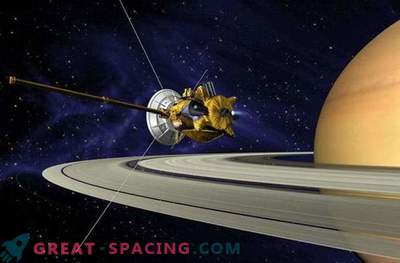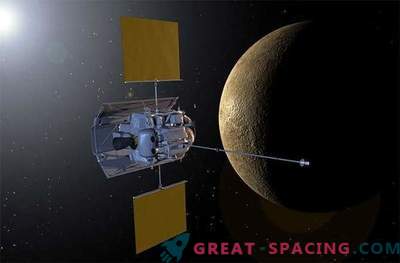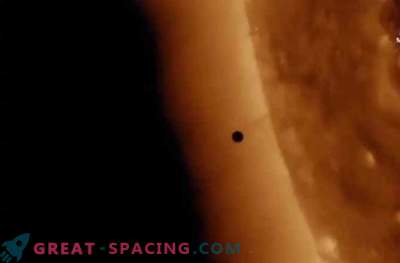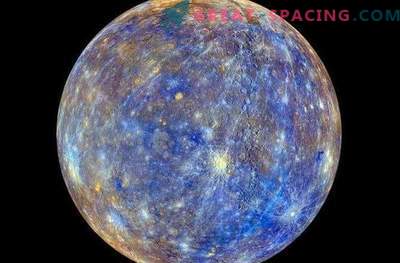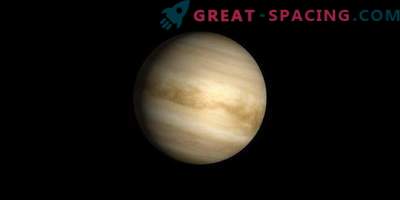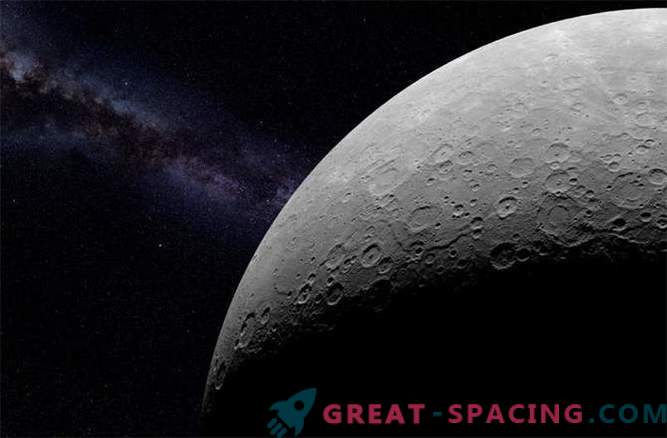
Mercury spins faster than scientists had previously believed. New studies show that the planet performs a full cycle of rotation around its axis about nine seconds faster than previously thought. This figure will allow researchers to learn more about the core of the planet.
Mercury is only slightly larger than the satellite of the Earth Moon. Based on data obtained from the NASA spacecraft Messenger, scientists believe that most of the depths of Mercury is a molten core - approximately 70% of the mass of the planet. New indicators of rotational speed Mercury can be used to more correctly calculate the proportions of “liquid” and “solid” in the internal structure of the planet.
“One of the possible explanations for a faster rotation of Mercury around its axis is the influence of another planet, Jupiter, on its orbit,” said Alexander Stark of the Institute of Planetary Research of the German Space Agency (DLR). “As a result, the distance from the Sun changes, which, in turn, affects the speed of rotation of the planet.” Mercury is the closest planet to Sun. Under the action of gravity, it has a rotation period of 59 days, which is correlated in a ratio of 3: 2 to the 88-day circulation of Mercury around the Sun. For every three periods of revolution around its axis, this planet orbits the sun twice. This ratio is unique among the planets of the Solar System.
NASA spacecraft Messenger receives data based on the rate of reflection of laser pulses from the surface of the planet. This information was compared with terrain models based on photographs taken from a spacecraft.
In addition to new information about the core of Mercury, the speed of rotation of the planet allows researchers to make more accurate maps of its surface. They, as officials say, will help in organizing subsequent flights to Mercury. In 2017, the European Space Agency plans to launch the BepiColombo mission to further explore the surface of the planet and its internal structure.

